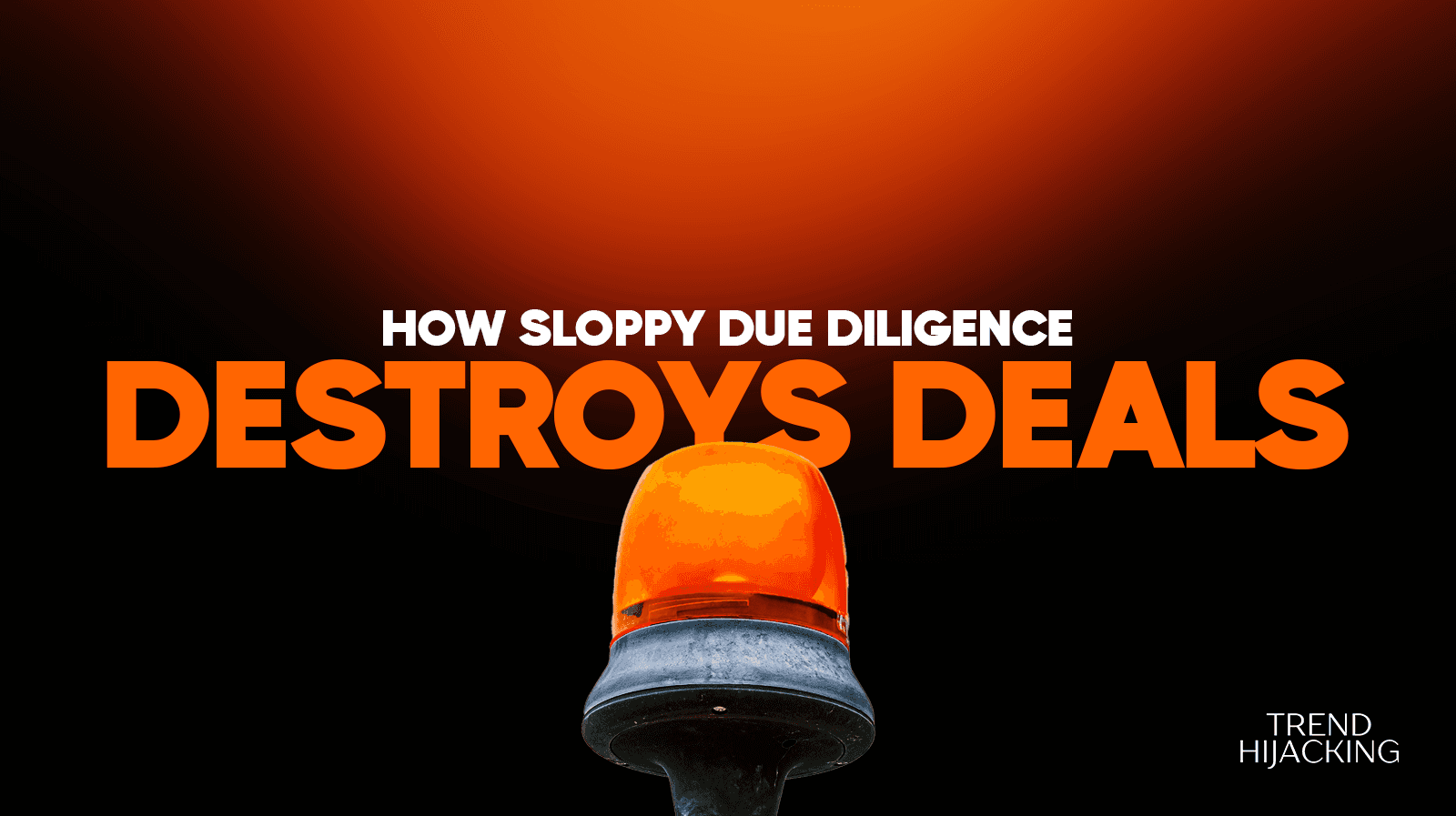How To Build A Profitable Single Product Dropshipping Store
What Is A Single Product Store?
A single-product store is an e-commerce or dropshipping store that sells a unique product or a range of related products as an upsell. It focuses on highlighting the product’s value, uniqueness, and a seamless shopping experience.
Rather than casting a wide net and selling multiple products, single-product stores focus on niche markets and maximize sales by focusing on their product’s uniqueness.
Some of the most popular brands in the world Yeezy, Crocs, Solawave, etc have built their empires by focusing on one product and then expanding into new product categories to reach more customers.
Other brands that started out dropshipping a single product include Blendjet, Blissy, and Blume.
Here’s your step-by-step guide to creating a successful single-product store generating over $10k profit /month⏬
We Help You Buy / Build, Manage and Scale E-commerce Brands for an EXIT
E-commerce Simplified for Busy Individuals – We handle the buying, building, and scaling, so you can focus on what matters.
Growth-Focused Strategies – From sourcing to marketing, we drive growth and prepare you for a profitable exit.
Expertly Managed Exits – We build a high-value brand designed for a Lucrative exit.
Step 1: Find Your Winning Product

The cornerstone of any successful single-product dropshipping store is the product. You have to carefully research and select a product that would appeal to a large target audience.
Product research isn’t simply picking products because they are popular, a lot more goes into the process. Start by identifying an opportunity in the market- a need your target audience has but isn’t being met.
Next, conduct a competitor analysis to see how people already selling this product are doing. Identify their weak points, such as poor offers, slow shipment, etc, and leverage that as your strength.
Also, think long-term when selecting your dropshipping store’s product. Ensure you choose a product with a pressing need and wide enough room for growth.
Snooz, for example, is a one-product brand that focuses on sleep gadgets. There’s a wide target audience for sleeping devices that’s not limited by age, gender, or location. As a result, there’s plenty of room for growth by expanding into new markets, target audiences, and complementary products.
Check out My Free Product Research Guide⏬
Step 2: Create Compelling Offers

Once you’ve identified your product, it’s time to craft an irresistible offer such as buy-one-get-one deals, discounted product bundles, sign-up bonuses, and more.
The goal behind creating offers is to get your customers to spend more while they are getting value for their money. For example, Cookie Chips is a single-product brand focused on solely ready-to-bake cookies. It offers free shipping, different cookie flavors, cookie bundles, a 10% off signup bonus, and a blog that helps you make nutritious snacks.
Create Lead Magnets
Lead magnets are long-form resources that provide value such as ebooks, whitepapers, free templates, and more. You provide value and get potential customers’ contact in return.
With lead magnets, your leverage is value- you must offer your web visitors a resource that’s highly valuable to them.
For example, a recipe book would be a great lead magnet for a store like Cookie chips. In exchange for the recipe book, you get their contact information. This allows you to keep engaging them with special offers, product updates, and other offers that will motivate them to become your customers.
Creating compelling offers buys your customers’ loyalty and sets your store apart from competitors.
Step 3: Build a Unique Brand Identity

You are selling just one product, you want to make sure your brand recognition is so strong that you are the first brand that comes to your target audience's mind when they think of your product.
Differentiate your brand by using carefully selected assets such as logo, font, color, name, and website design that align with your brand image and personality. It’s not just about brand design, you also have to create a unique brand perception using a unique brand tagline, vision, and mission statement.
For example, My State of Mind is a single-product store that sells all-in-one skin care products. Its tagline is “skincare simplified”, and the brand reflects this with its simple and minimalistic website design.
Also, the brand ethos of State of Mind is “do more with less”, and this is reflected in the company’s focus on creating one-step skincare products, using only natural ingredients, and eco-friendly packaging materials.
How to Convert Your Dropshipping Store Into A Brand⏬
Step 4: Optimize for Conversions

Conversion optimization is the backbone of any successful dropshipping store. You can do this by adding social proof such as trust badges, testimonials, and reviews to instill confidence in potential customers.
Also, clearly state your payment terms, refund and return policy, delivery schedule, and other terms and conditions. This allows you to tailor customer expectations and create a smooth shopping experience that increases conversions.
For example, Bokksu is a single-product store that sells Japanese snack boxes, it optimizes its conversion rates by boldly displaying its trust badges, customer reviews, subscription packages, shipping fees, and other policies.
We Help You Buy / Build, Manage and Scale E-commerce Brands for an EXIT
E-commerce Simplified for Busy Individuals – We handle the buying, building, and scaling, so you can focus on what matters.
Growth-Focused Strategies – From sourcing to marketing, we drive growth and prepare you for a profitable exit.
Expertly Managed Exits – We build a high-value brand designed for a Lucrative exit.
Step 5: Drive Targeted Traffic

No dropshipping store can thrive without a steady stream of traffic. You have to invest in an effective marketing strategy that reaches your target market and draws them to your store.
Also, don’t go in blind by trying all the marketing strategies. You risk low ROAS and profitability with this hit-or-miss method.
Have a dropshipping marketing strategy that will help you effectively penetrate your target market. For example, the Trendhijacking strategy leverages the awareness and excitement surrounding viral products by identifying trending keywords related to the products and ranking your store to appear at the top of search results when people look for keywords related to those products.
So, instead of going in blind and spending your money running ads to a cold audience, you advertise to an already interested audience. Using this method has helped me and other dropshippers reach over $10k profit/ month effortlessly.
Step 6: Expand Strategically

While starting with a single product is often the key to success, success means growth. When expanding your single-product store offerings, make sure you stay true to your core niche.
For example, Cookie Chips expanded its brand by adding new flavors to its ready-made cookie mixes instead of creating new products. This helped the brand appeal to different target audiences without losing its identity.
You can also offer complementary products. For example, as a product care brand selling menstrual cups, you can expand into period panties, tampons, panty liners, and sanitary pads.
Step 7: Scale and Adapt

As your dropshipping store grows, you have more customers with different needs, so you need to scale intelligently and adapt to market trends. You can do this by automating your dropshipping tasks.
The trendhijacking automation program handles all your dropshipping operations including product research and sourcing, marketing, order management, fulfillment, inventory, and customer support. This helps you to streamline your dropshipping operations and stay agile in a competitive landscape.
Wrapping Up
Building a successful single-product store isn’t the simplest task, but it’s not impossible. With the right product, branding, and marketing strategies like the trendhijacking strategy, you can realistically achieve over $10k profit/month.
Ready to leverage this strategy to grow your single-product dropshipping store- book a free call.
Before You Go, Let’s Keep in Touch⏬
A Done-For-You E-commerce Business
Discover how we Build, Launch, and Scale a 6-figure/month Business for You
Learn more
The 6-Step Blueprint to E-Commerce Acquisition
See how we Acquire, Convert, and Scale with Real Case Studies to Prove It.





















